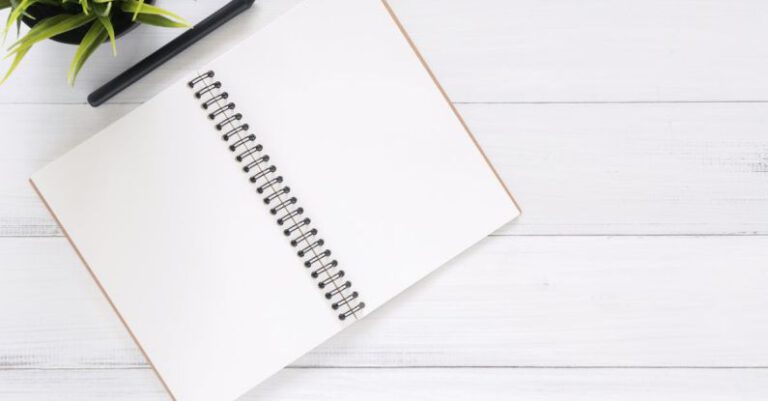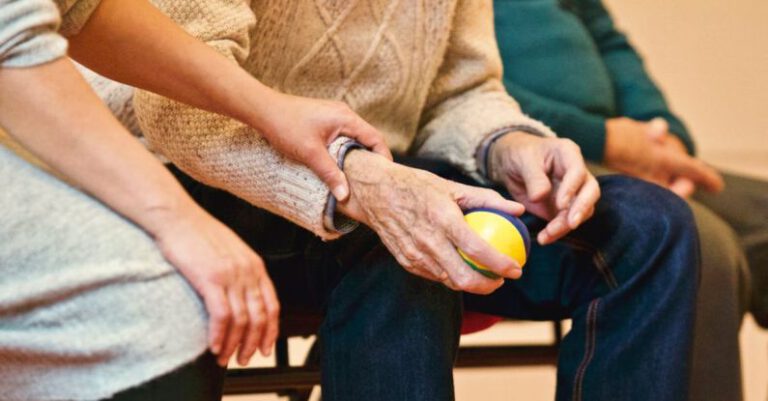
Anxiety is a common and natural response to stress, but when it becomes overwhelming, it can interfere with daily life. Grounding techniques are a helpful tool to manage anxiety by bringing attention back to the present moment and calming the mind. These techniques can be simple yet effective in providing relief from anxious thoughts and feelings. In this article, we will explore various grounding techniques that can be incorporated into your daily routine to help alleviate anxiety.
Grounding with the Senses
One effective way to ground yourself when feeling anxious is to engage your senses. Take a moment to notice and focus on what you can see, hear, touch, taste, and smell in your immediate environment. For example, you can look around and name five things you see, four things you can touch, three things you hear, two things you can smell, and one thing you can taste. This sensory exercise can help shift your focus away from anxious thoughts and bring you into the present moment.
Deep Breathing Techniques
Deep breathing is a powerful grounding technique that can help calm the nervous system and reduce anxiety. Practice deep breathing by inhaling slowly through your nose, holding the breath for a few seconds, and then exhaling slowly through your mouth. Repeat this process several times, focusing on the sensation of your breath entering and leaving your body. Deep breathing can help regulate your heart rate and promote relaxation, making it an effective tool for managing anxiety.
Mindfulness Meditation
Mindfulness meditation is a practice that involves paying attention to the present moment without judgment. By focusing on your breath or bodily sensations, you can cultivate a sense of calm and awareness that can help reduce anxiety. Set aside a few minutes each day to practice mindfulness meditation, either through guided meditation apps or by simply sitting quietly and observing your thoughts and feelings. Over time, regular meditation can help you become more attuned to your inner experiences and better equipped to cope with anxiety.
Grounding Objects
Carrying a grounding object with you can provide comfort and stability during moments of anxiety. This can be anything that has significance to you, such as a favorite piece of jewelry, a smooth stone, or a photograph. When you feel anxious, hold onto the grounding object and focus on its texture, weight, and meaning. This physical connection can serve as a reminder of safety and security, helping to ground you in the present moment.
Physical Activity
Engaging in physical activity is another effective way to ground yourself and reduce anxiety. Exercise releases endorphins, which are natural mood boosters that can help alleviate stress and promote a sense of well-being. Whether it’s going for a walk, practicing yoga, or dancing to your favorite music, physical activity can distract your mind from anxious thoughts and channel your energy into a positive outlet.
Practice Gratitude
Cultivating a sense of gratitude can shift your focus from what’s causing anxiety to what brings joy and appreciation into your life. Take a moment each day to reflect on things you are grateful for, whether it’s a supportive friend, a beautiful sunset, or a warm cup of tea. By practicing gratitude regularly, you can train your mind to notice the positive aspects of your life, even in challenging times.
Incorporating Grounding Techniques into Your Routine
To effectively manage anxiety using grounding techniques, it’s essential to incorporate them into your daily routine. Experiment with different techniques to find what works best for you, and practice them consistently to build resilience against anxiety. Whether you’re feeling overwhelmed at work, experiencing social anxiety, or struggling with intrusive thoughts, grounding techniques can provide a sense of stability and relief in moments of distress.
Conclusion: Embracing Grounding Techniques for Anxiety Relief
In conclusion, grounding techniques offer a practical and accessible way to manage anxiety by reconnecting with the present moment. By engaging your senses, practicing deep breathing, cultivating mindfulness, using grounding objects, engaging in physical activity, and practicing gratitude, you can effectively alleviate symptoms of anxiety and promote a sense of calm and well-being. Incorporate these grounding techniques into your daily routine to build resilience and cope with anxiety in a healthy and sustainable way. Remember, you have the power to ground yourself and find peace amidst the chaos of anxious thoughts and feelings.





